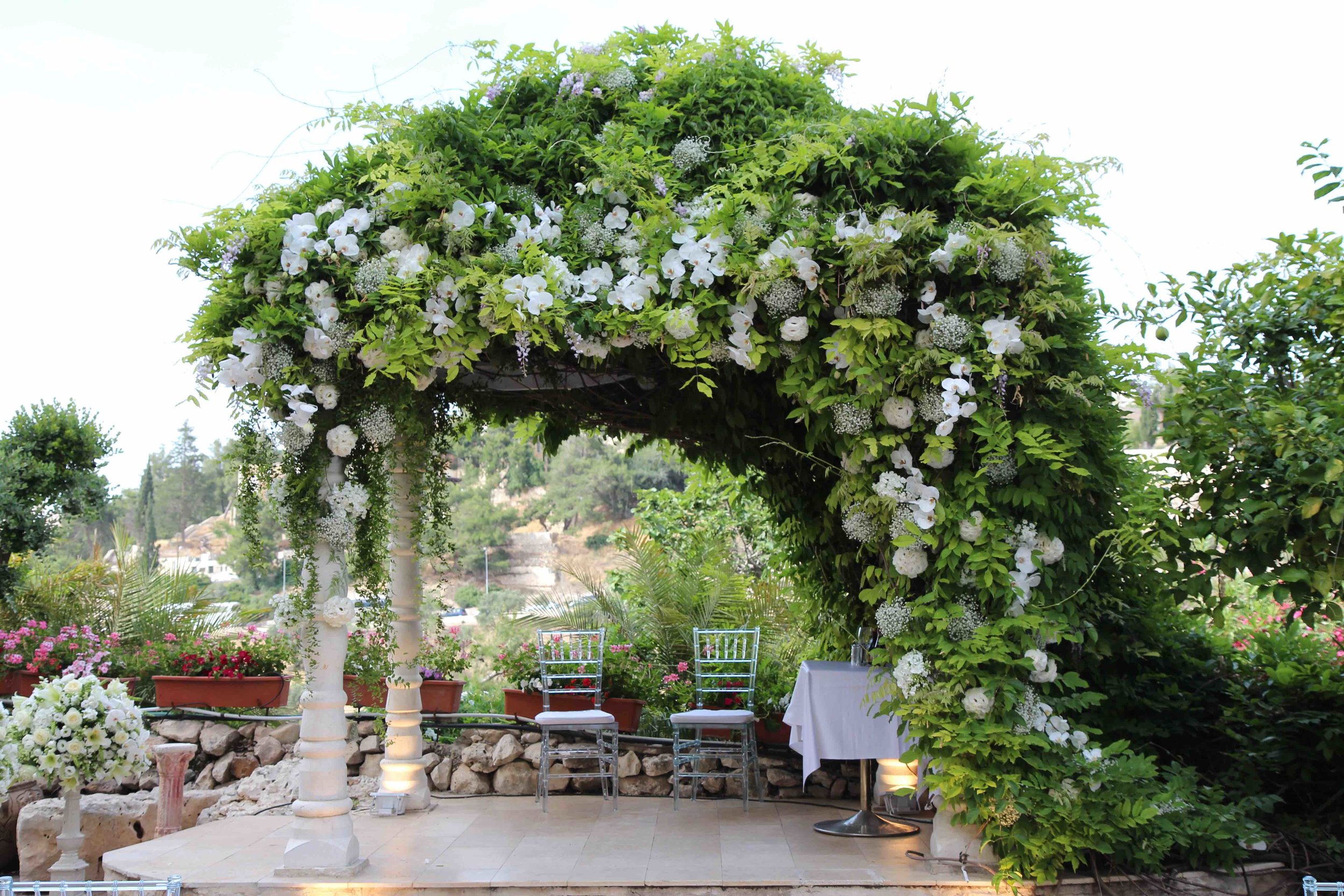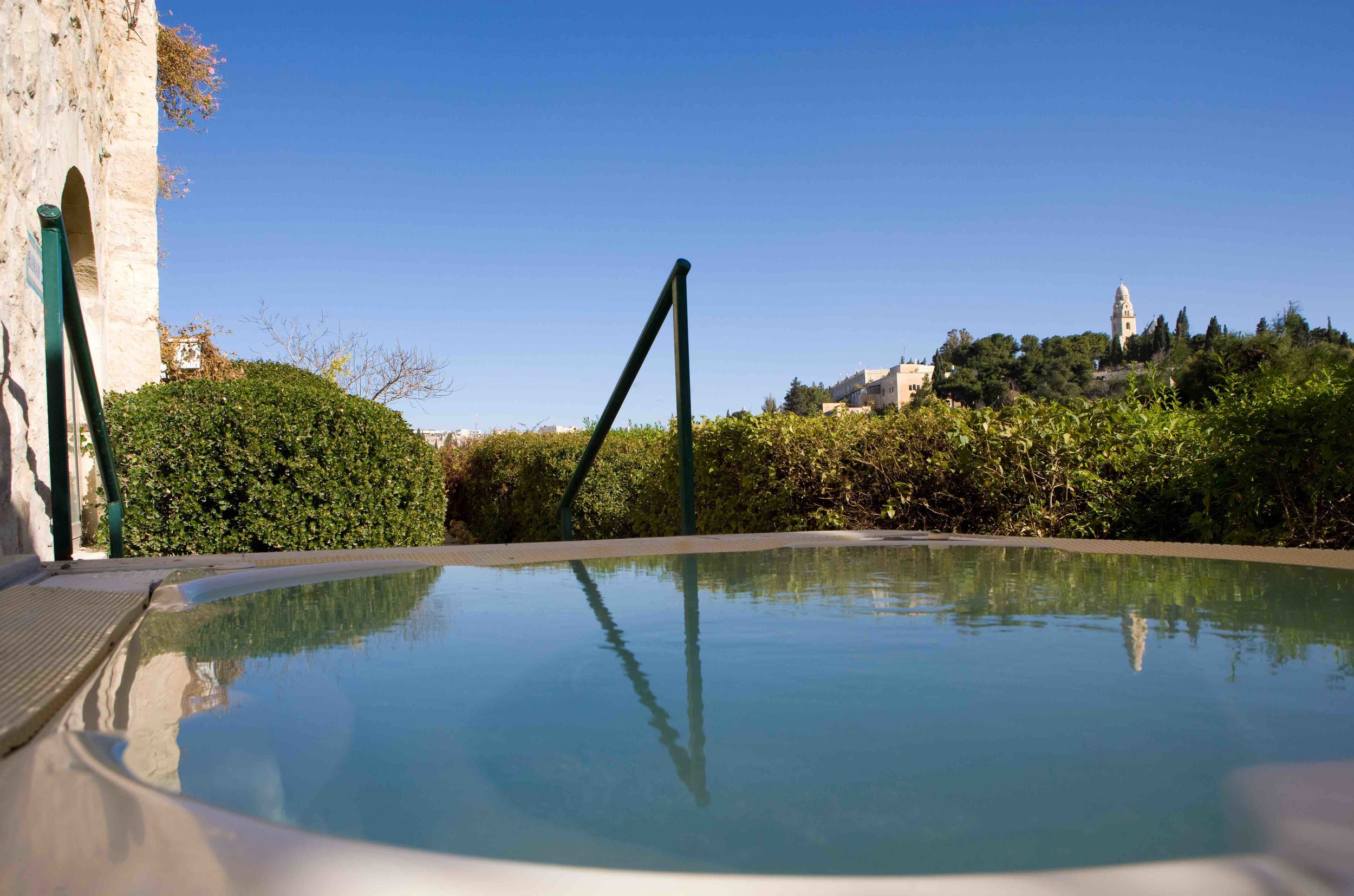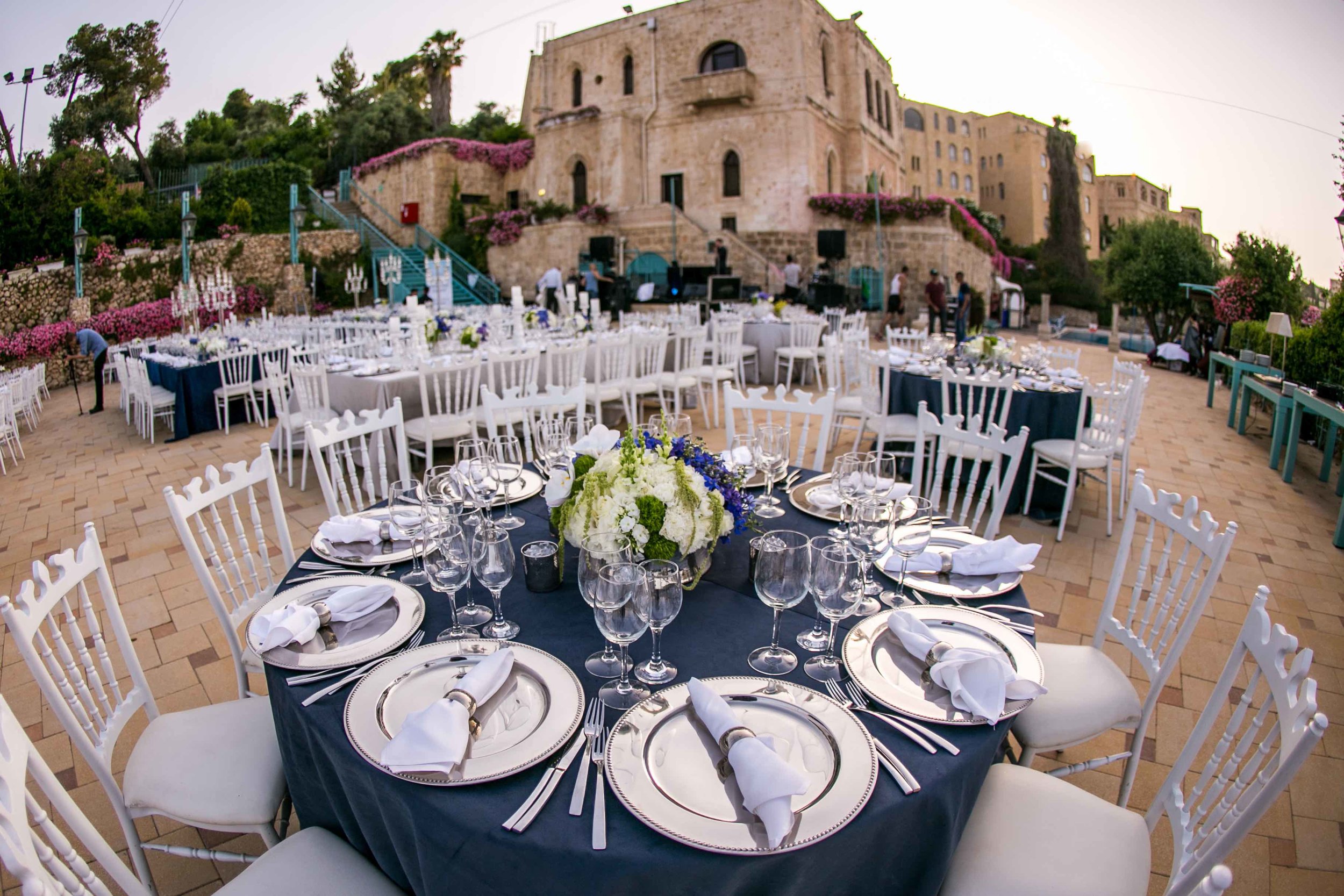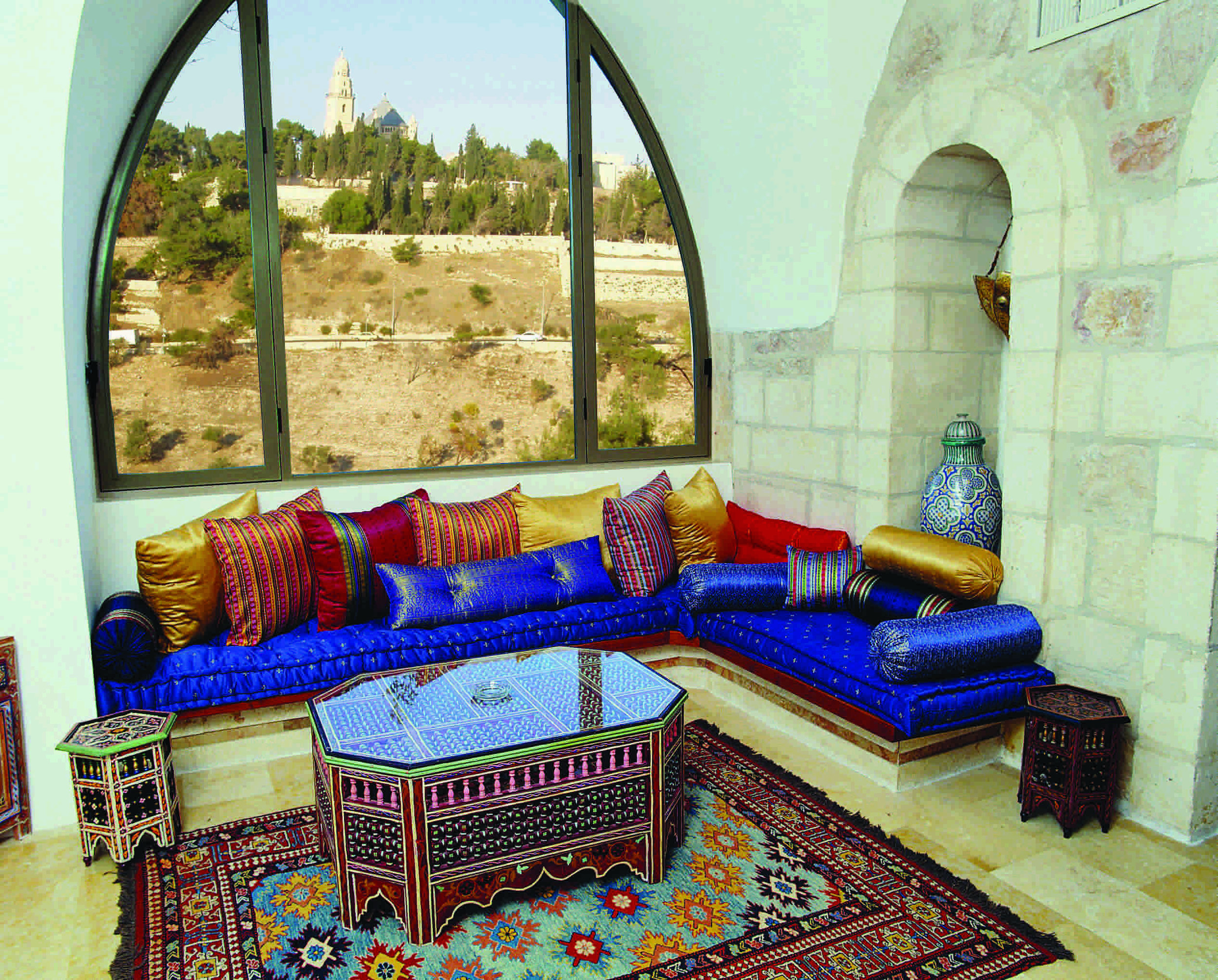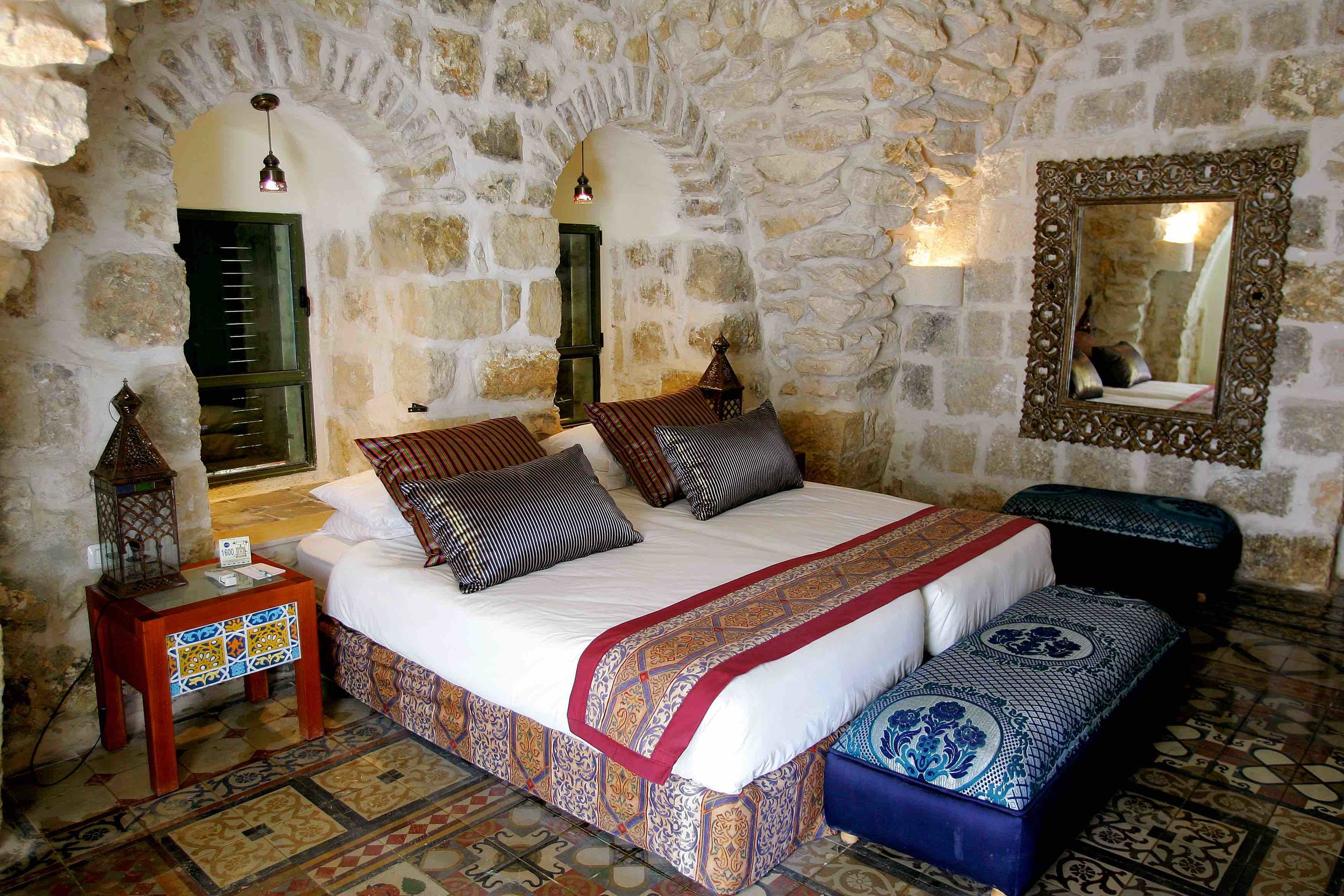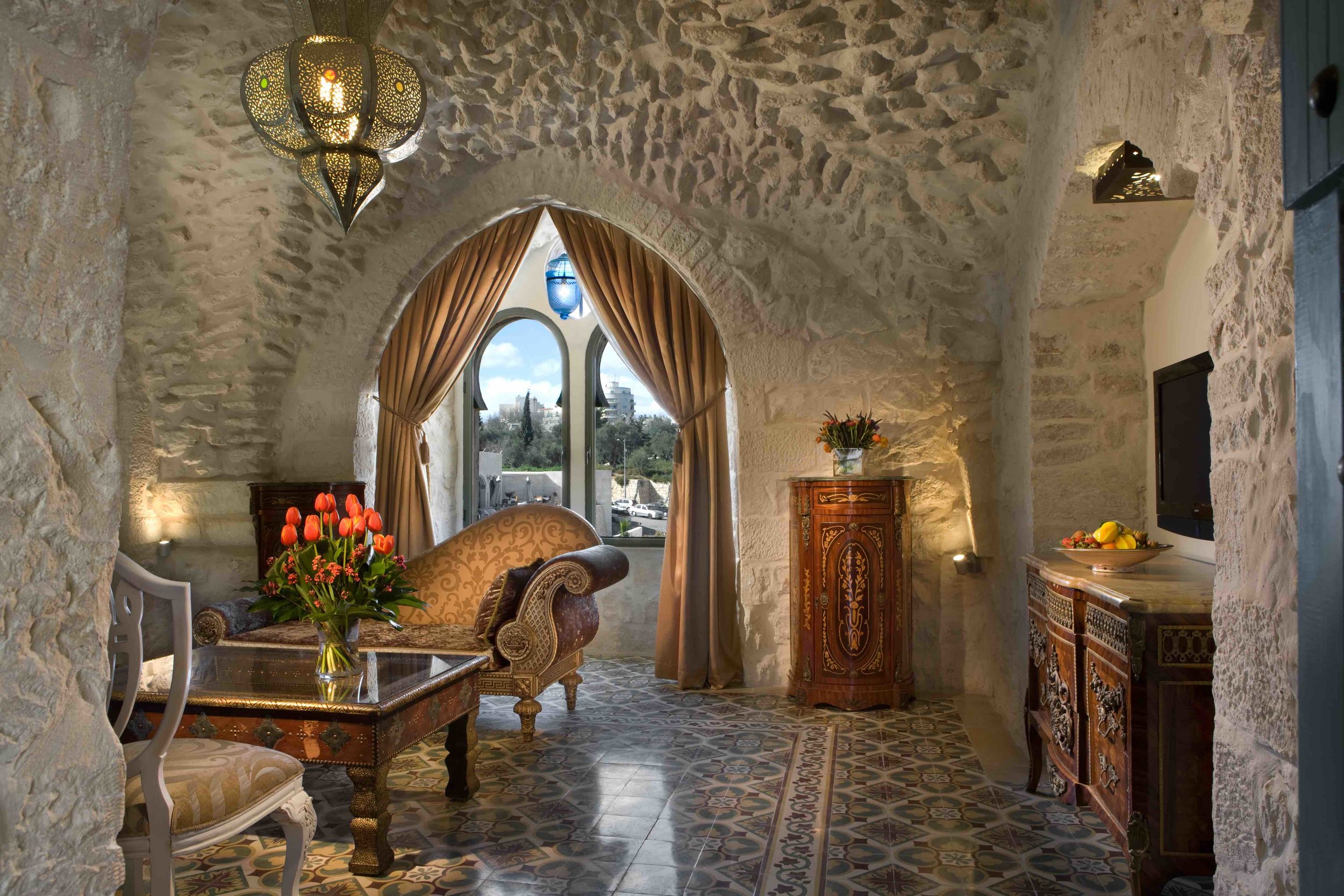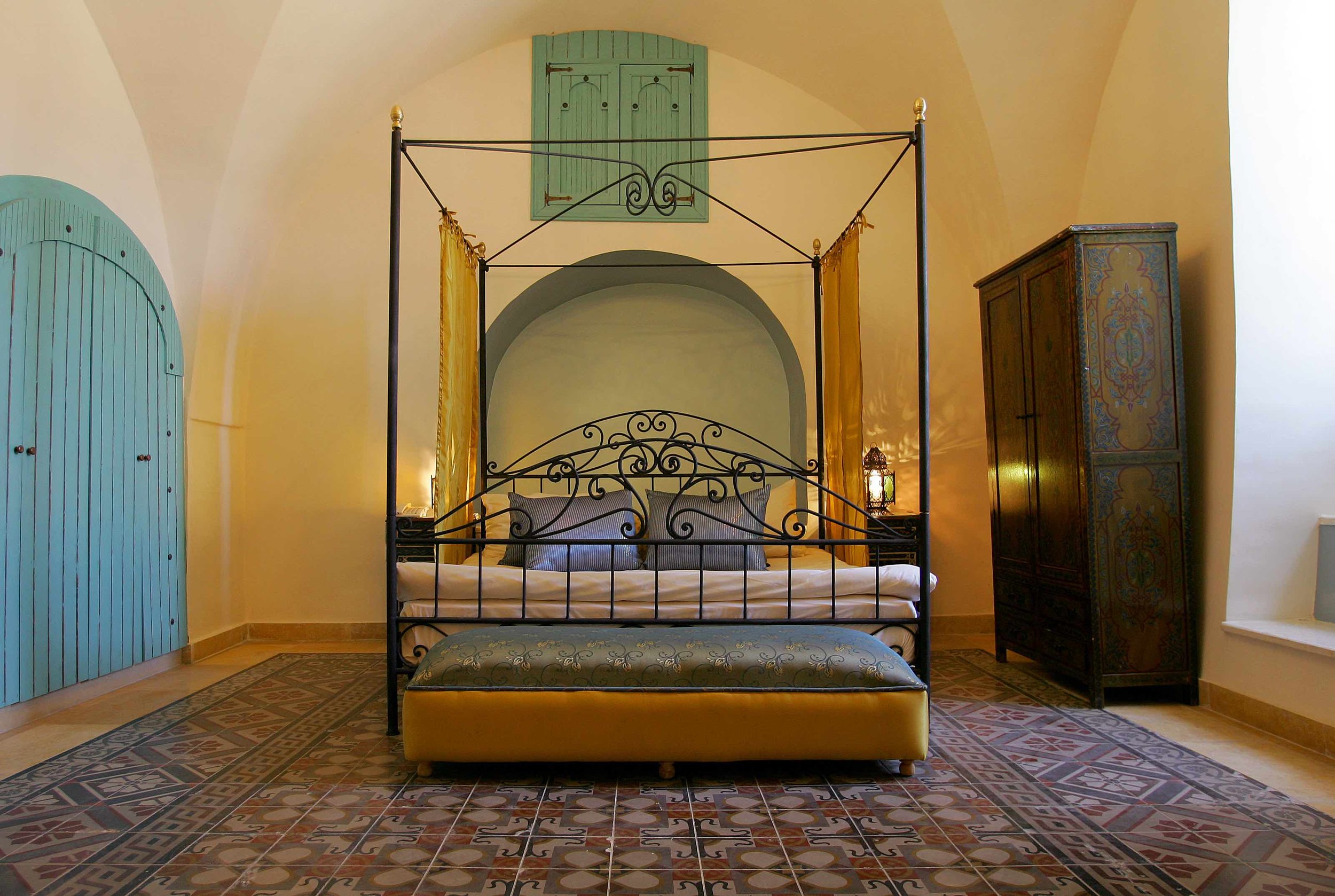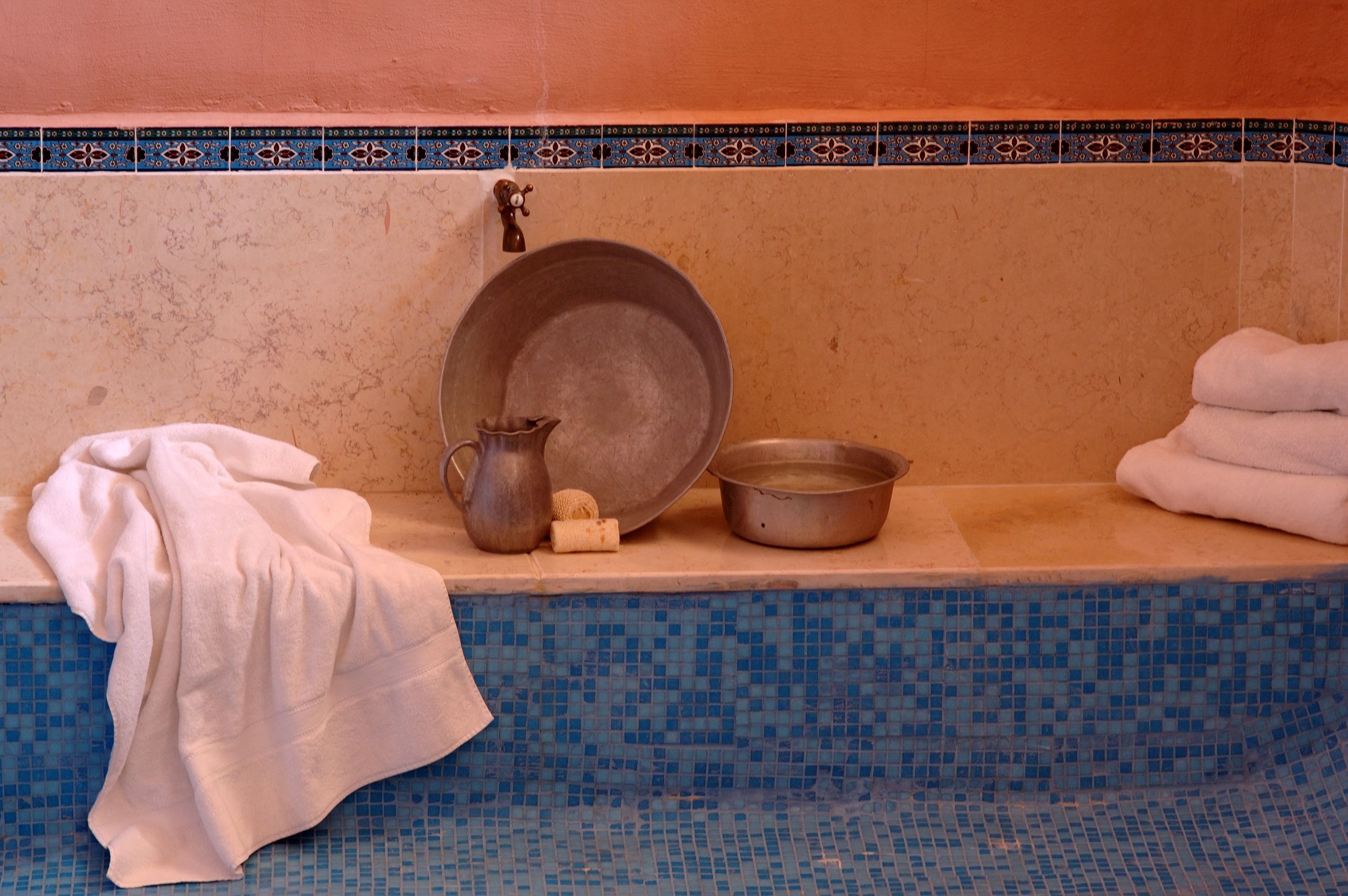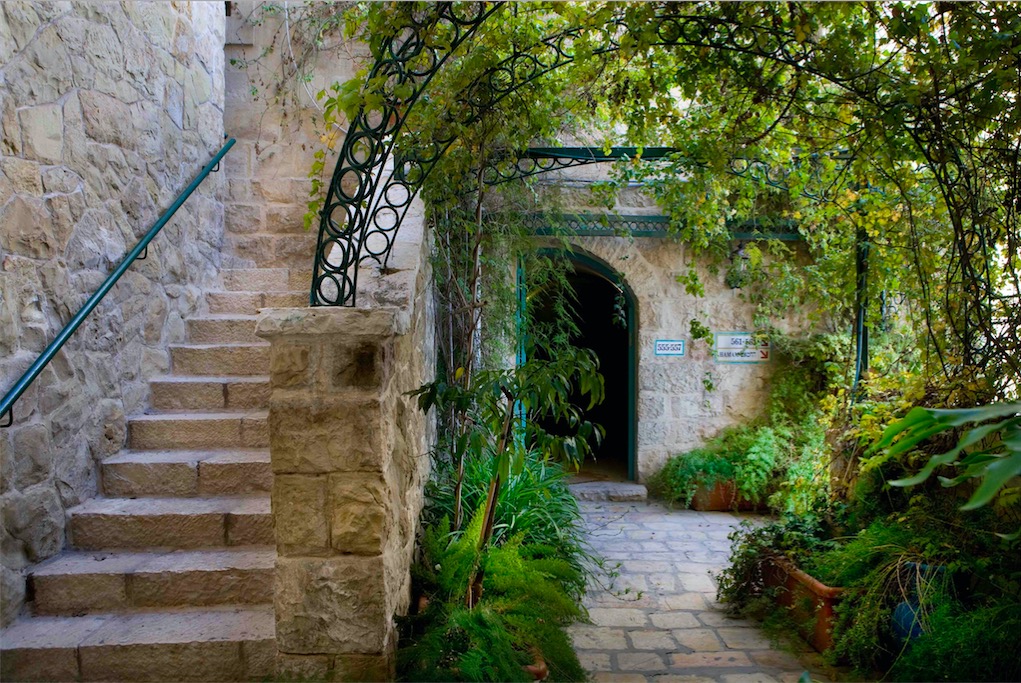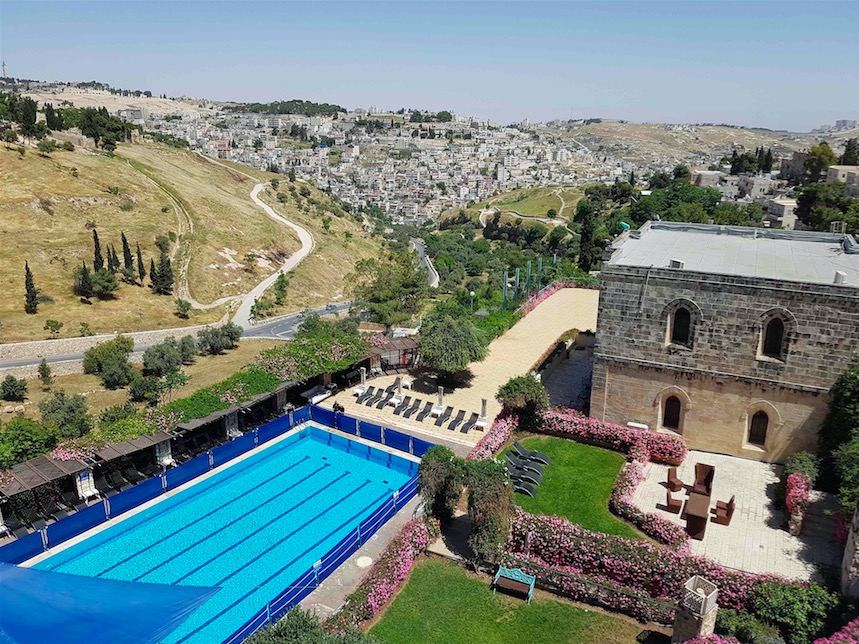The clubs cover a full range, from the super-elegant—where a swish clientele drinks cava and complicated cocktails while nibbling on delicate hors d’oeuvres—to the poundingly high-decibel underground cavern, throbbing with bodies and sound. There are clubs where, upon entering, you might encounter the long legs and bare feet of a young woman dancing four feet above floor level on the bar, to jangly Middle Eastern hip-hop, and where—if you stick around long enough—you might well find yourself dancing on a table (practically speaking, there is simply not enough room on the tiny crowded floor).
DJs at some clubs spin disco music, to which a young and sweaty crowd pogos beneath scattered rays of colored light. And there are chill jazz venues where you can make a selection from a menu of single-malt whiskeys, and sip blissfully to recordings of jazz greats or live performances. Some rooftop clubs have outdoor seating areas lit by sparkling lights, where you can sit on comfy bright-colors sofas and puff at a hookah like an old pasha.
If you’re hungry at 2 a.m., visit a late-night gastropub and have (what else?) a bagel, served with zaatar and tahini. (These are not your New York bagels: in Israel, the bagels are extended oblongs, baked but not boiled, and far more filling than our little doughnut-shaped affairs.) Here, eaters and beer drinkers young and old chat and laugh, enjoying a much-needed break in their club crawl.
As the sky begins to lighten at the edges, you may be famished after your night of adventures. Tel Aviv-Yafo has a range of eateries that specialize in breakfast—including Benedict Ben Yehuda, where you can select your own combination of toppings for eggs, from asparagus to salmon to creamed spinach to (the decidedly un-kosher option) crisp bacon.
After your late night/early morning breakfast, you may ready for a nice long nap. Happily full and delightfully exhausted, you have seen the sun rise. It’s time to head home.
Benedict Ben Yehuda >
HaMaoz/Café Meira >










